Boxer photography: pack a punch to your portraits with off camera flash
Sacha Wiener explains how to use off-camera flash to create punchy boxer photography in the local gym
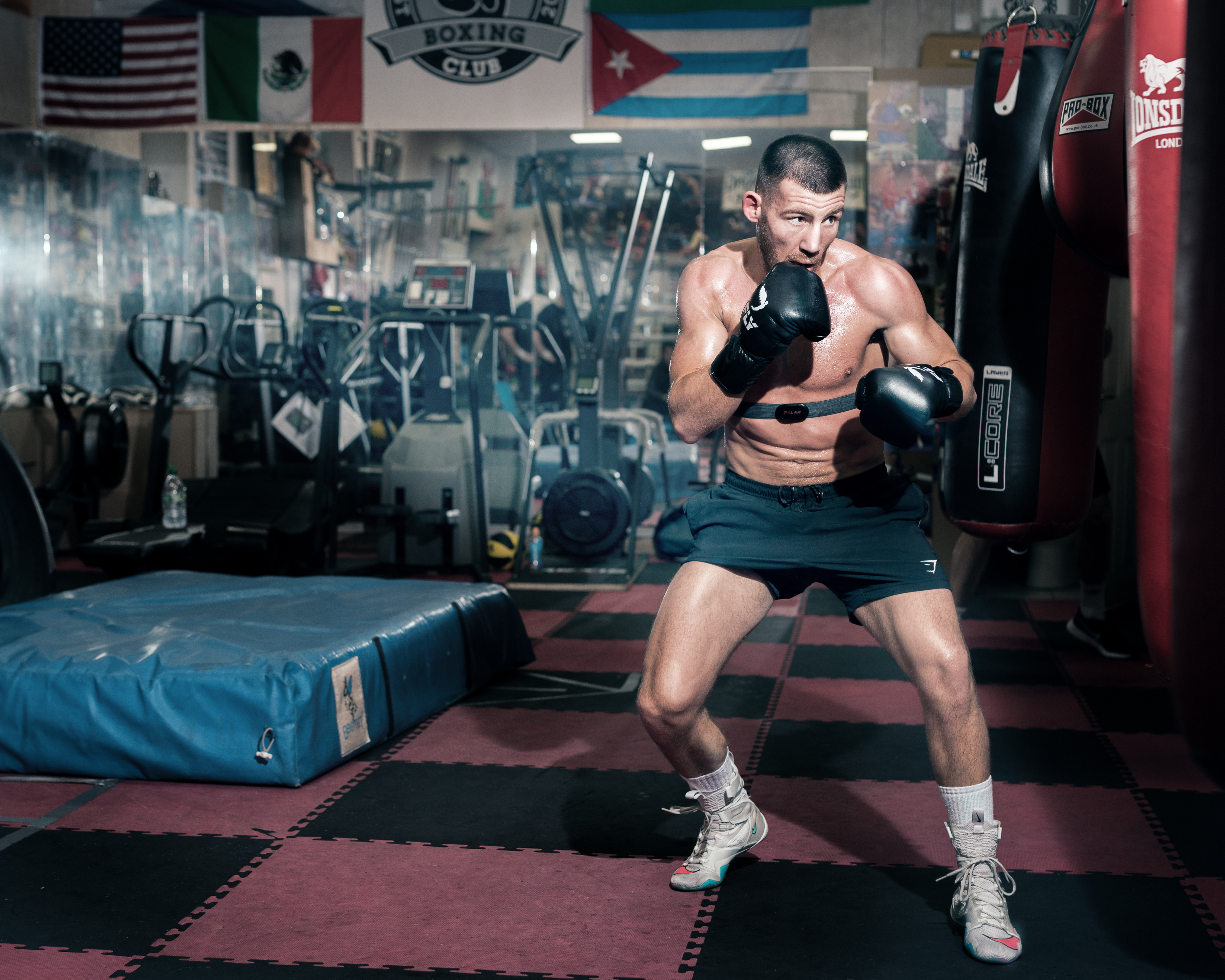
My photography journey began in 2018 when my career as a musician ended and I was gifted a DSLR by a family member. I needed something to fill the creative gap in my life, and the camera I had received (a Nikon D50) became my new obsession.
I started taking it to gyms I frequented to learn how to take the amazing dynamic shots I saw on social media and in books and magazines. I was especially drawn to combat sports and CrossFit, as I was fascinated by the discipline and effort it took to compete at a high level.
• Looking for the best Nikon cameras?
I read every article and watched every YouTube tutorial I could, and when that was not enough, I began to reach out to professionals on social media. I was amazed at how many responded with advice or compliments. Ultimately, I learned the most by doing it. I found myself adapting to the various environments and the people who inhabited them. It sounds clichéd, but I want very much to tell a story and I hope that comes across in my images.
Top tips for shooting fighter portraits
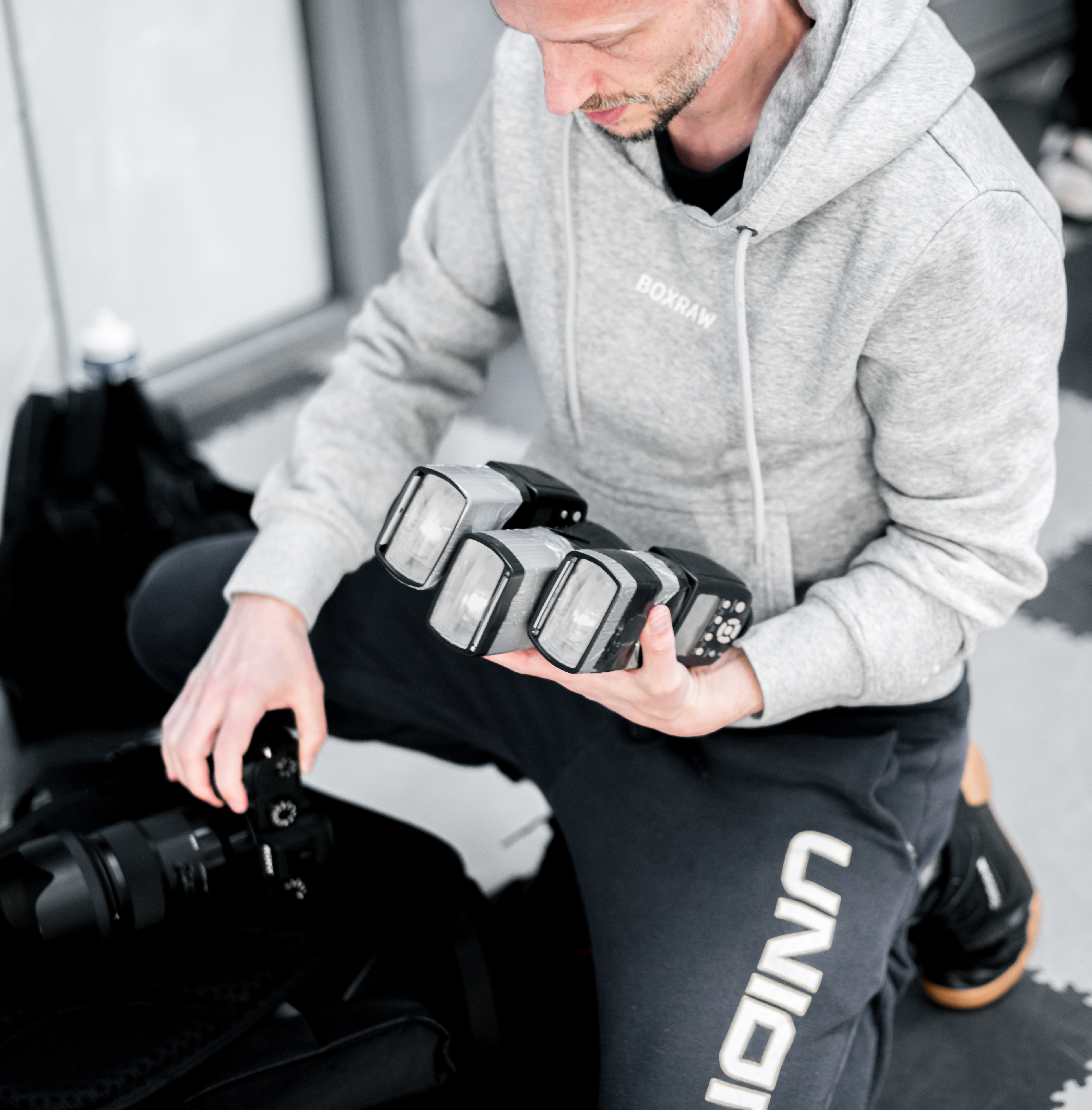
1) More flash, less cash
I was once told, “If there isn’t enough light, create your own.” Gyms are often dark and gloomy places, so therefore using flash seemed logical. However, taking expensive studio kit to these places simply was not practical, so I found the cheapest speed lights I could on eBay (from Yongnuo). I then set about experimenting with where to place them.
• These are the best flash guns
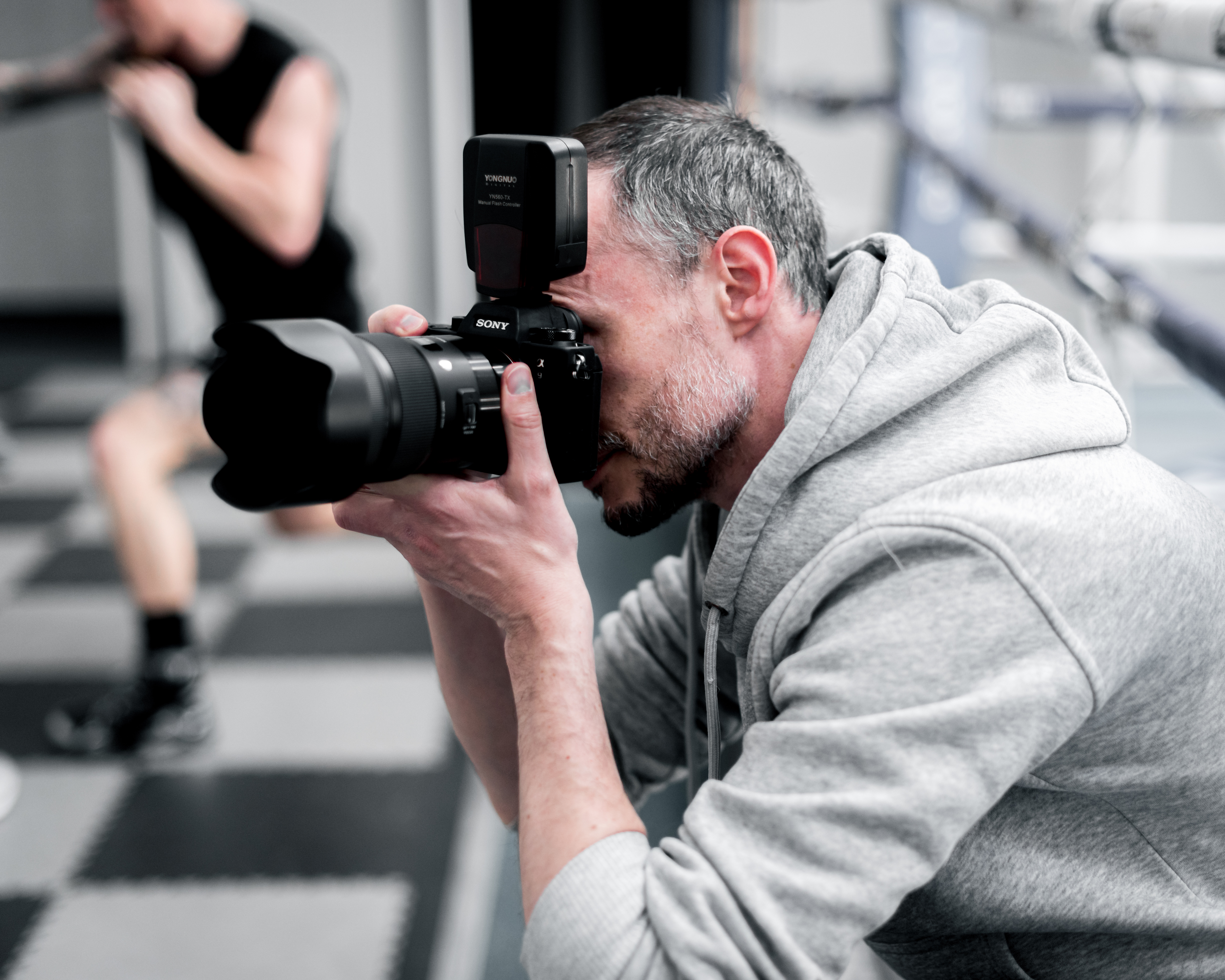
2) It’s always prime time
I have tried pretty much every lens on the market and I keep coming back to my ‘nifty 50’ (I am currently using the Sigma 50mm f/1.4 Art). I prefer to get as close to the action as I can to enable the viewer to feel the impact or at least get a sense that they are there. Also, prime lenses are sharper and often I require a shallow depth of field to gather as much light as possible (gyms really are always so dark!).
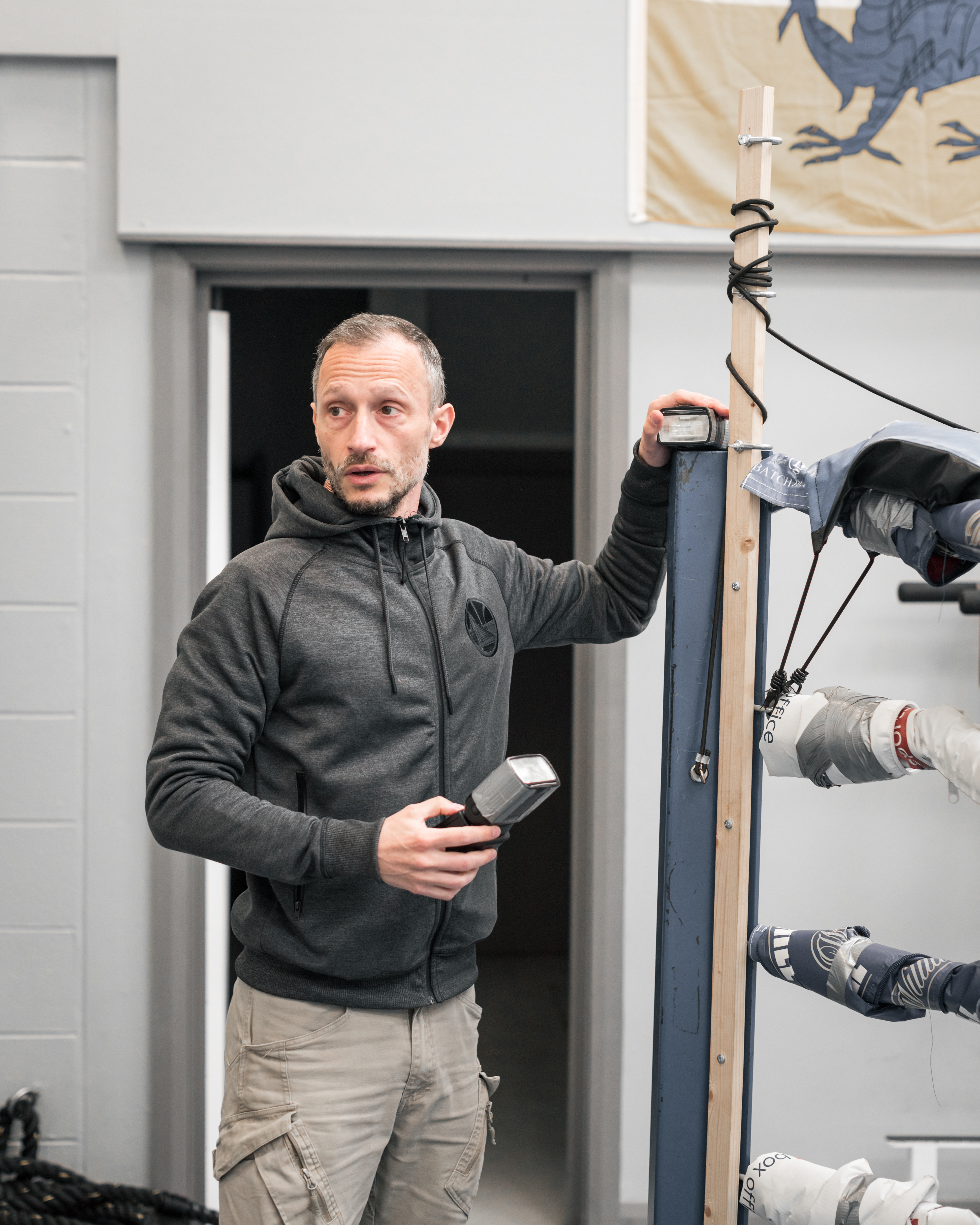
3) Work with the environment
Flash power and position are key to the style of your image and how the boxers’ bodies look. Ideally you want to light from the side or a 45° angle: this should bring shadow, shape and depth to your images. You can bring in extra lighting for your background, too. Avoid full lighting front-on: save that for corporate headshots instead.
Sacha’s advice for successful shots
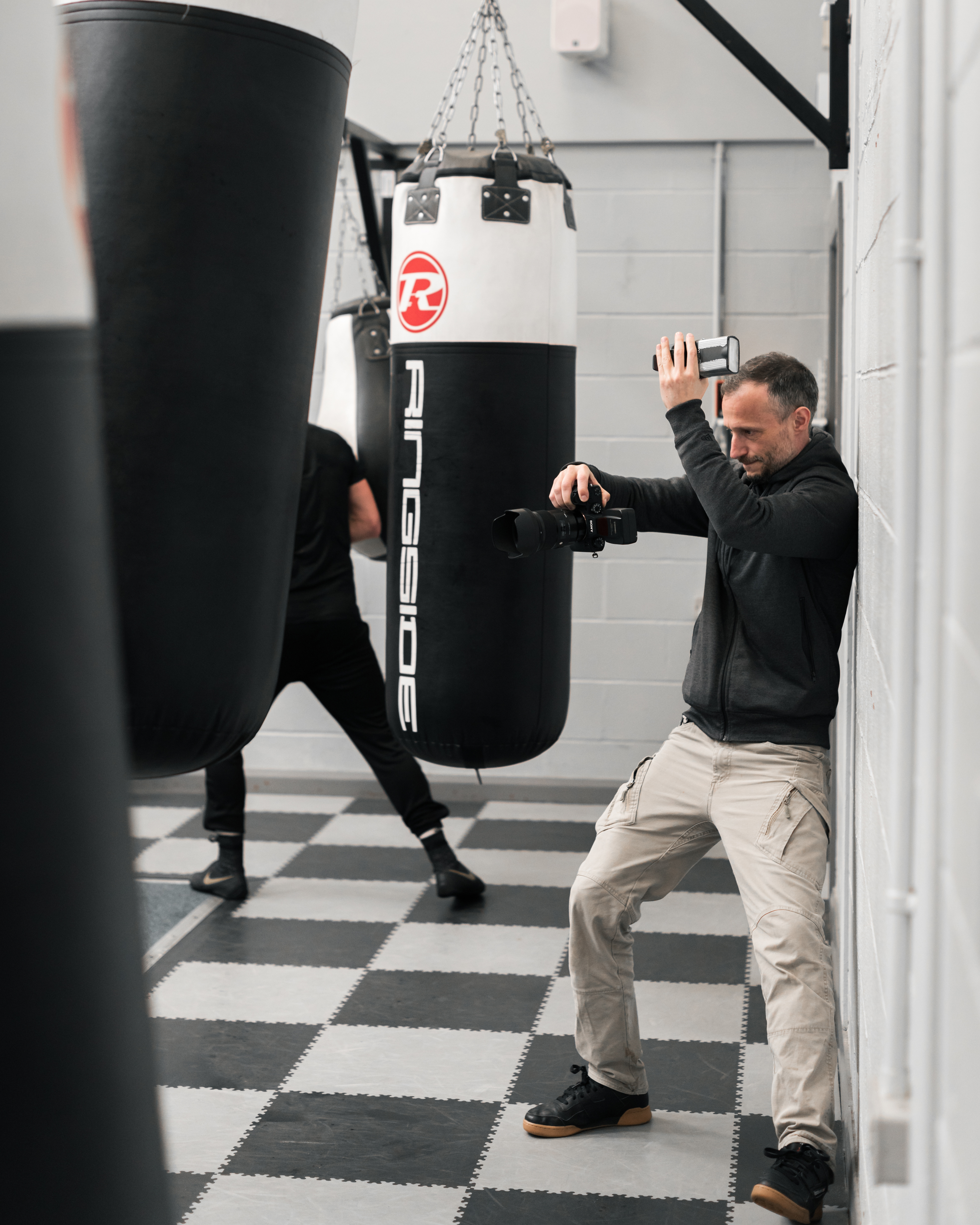
Shooting in ‘live’ environments is challenging. You learn quickly where your boundaries are and what people will tolerate. One of the biggest challenges I had when I started was getting people to ignore me. Social skills are especially important in these situations – you must communicate effectively and explain what your intentions and processes are. The last thing I want to do is annoy or get in the way of training.
It does not always go to plan, however, so make it fun. I once dropped a speed light on UFC fighter Mason Jones’ neck, which surprised and hurt him, so I told him his ‘situational awareness’ needed work. We all laughed – thankfully! Developing relationships with your subjects is key to making them feel at ease. If they feel at ease, the closer you can get.
Lastly, I would say that you only truly learn by doing. Shoot as much as you can in different challenging places and always have a plan of what you want before you start. That way, you can assess what went well and what did not. Next time you will be that little bit better

Play with the light
Ultimately, photography is a process of manipulating light. Flares, strobes, haze, mirrors, smoke and prisms are simply tools of the trade. I enjoy experimenting with how the light bounces through a prism (especially with flash) because you never know what kind of rainbow magic reflections you may get. Of course, too much of the same thing becomes boring. However, every now and then I whip out my prism and simply play around producing a series of shots.
For more of Andre's work see his Instagram feed.
Read more:
The best light stands
The best Sony A9 & Sony A9 II deals
The best 50mm lenses
Get the Digital Camera World Newsletter
The best camera deals, reviews, product advice, and unmissable photography news, direct to your inbox!
The sister print publication to this website, Digital Camera Magazine is Britain's best-selling photography publication – and it can also be purchased outside the United Kingdom as Digital Camera World.
Digital Camera Magazine is packed with more expert advice and more inspirational images than any other title, with the sole aim of helping you become a better photographer. Every issue we also bring you a selection of great gifts which are designed to help you get more from your photography – everything from tips cards and cheat sheets to free software and bookazines.
In addition to inspirational images, interviews, projects, mini tests and tutorials, each issue is packed with news, reviews and comparisons, as well as photographer vs photographer shootouts and head-to-head challenges using the best photo editing software.
The magazine is captained by Editor Niall Hampton.

